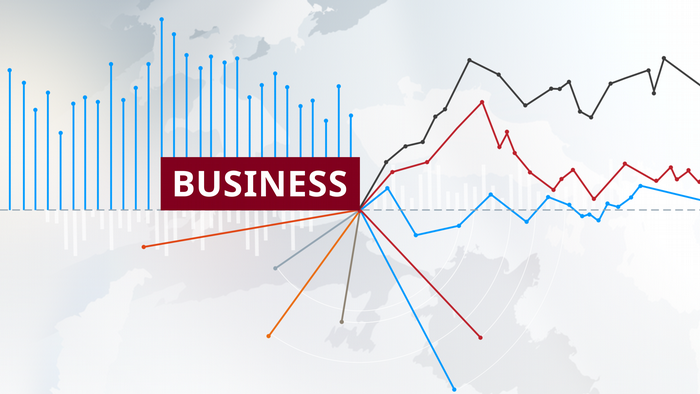In today’s uncertain business environment, companies need to reduce their exposure to market risk. By understanding the economic conditions, assessing risks, and implementing effective strategies, companies can better manage uncertain financial times and stay ahead of their competition.
Market risk is the threat that the combination of volatile and often unpredictable financial markets and economic conditions present for business performance. Ongoing changes in demand, supply, input prices, interest and exchange rates, and legislation, for example, can negatively impact the value of a company’s products and services.
During the global financial crisis of 2008-2009, many large global investment banks failed to appreciate or manage the risks associated with investments in subprime mortgage-backed securities. As mortgage default rates rose and underlying asset value plummeted, most banks moved too late to reduce their investments, suffering losses on a scale that collectively collapsed the global banking system.
Effective risk management remains challenging for most companies in today’s business landscape, characterised by volatility and rapid technological change. Fortunately, companies can implement several market risk mitigation strategies to avoid or reduce losses and better manage their investments.
All these approaches begin with understanding the economic conditions and trends that influence markets. Taking the time to read economic reports, understand policy changes, follow financial news, and understand commodity cycles, currency movements and geopolitical shifts. These help companies manage market risk by anticipating and adjusting for volatility.
Companies should identify the primary market risks their particular business faces, building a relevant plan to protect themselves and limit losses. This plan should include diversifying portfolios, hedging against losses, and regularly evaluating investments. In addition, companies should stay up-to-date with evolving policies and regulations that affect their specific industry. Risk management processes should be periodically reviewed, especially in light of new risks emerging due to technological changes.
Before formulating a strategy to manage market risk, however, it is essential to identify the types of market risk to which a business may be exposed. These include:
- Interest rate risk: Borrowing costs increase or decrease in response to changes in interest rate.
- Foreign exchange rate risk: The exchange rate of a currency changes due to domestic policies or international economic events.
- Liquidity risk: The inability to raise funds when needed.
- Commodity price risk: Changes in the price of commodities, such as oil, food, and agricultural products, can impact margins, volumes and performance.
- Credit risk: Customers often default on their payments or other counterparties may be unable to fulfil their obligations.
- Equity price risk: The value of stocks and other equity assets often change, altering companies’ valuation and capital holdings.
Several strategies can be used to manage market risk in volatile business environments, including:
Market analysis. This involves the identification of threats and opportunities that may be missed or overlooked in everyday operations by researching relevant data on the industry through competitor and customer analysis. Conducting market analyses allows businesses to understand the marketplace better and gain insight into the factors affecting their business.
Diversifying investments. Diversification is a crucial strategy to manage market risk. It involves investing in various assets, both within and outside the business. By spreading risk across different markets and economic conditions, companies can adjust their portfolios to remain profitable.
Hedging risk. Protects businesses from market fluctuation by setting up a contract which protects against losses by reducing the impact of downside volatility.
Monitoring competition. Keeping an eye on competitors is essential to understanding the marketplace while spotting trends, new products, and strategies to stay ahead of the competition.
Leveraging Technology. Technology has become an indispensable tool for managing market risk in today’s business environment. Predictive analytics and artificial intelligence allow businesses to make better decisions faster. Technology can also monitor and analyse market data to identify trends and adjust strategies. Deploying automated risk management systems, for example, can help companies measure and monitor risk exposures, quickly identify and fix errors, and anticipate new sources of risk as they provide more detailed and accurate data for decision-making.
Coronation has built the ability to help clients maximise their returns on investment by successfully managing market risk in volatile environments by adopting all of the abovementioned strategies.














